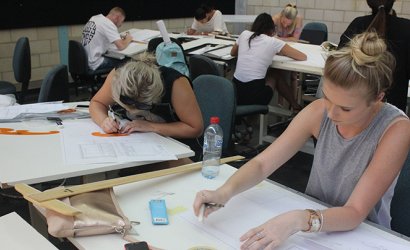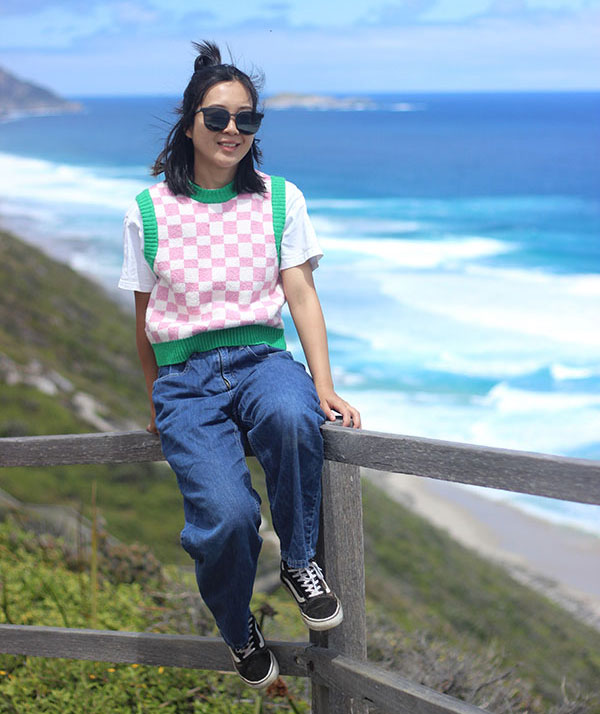

Why choose this course?
Explore new worlds through the exciting industry of game art and design. Game artists build the environments, characters and the props for games.
During your studies, you will develop creative abilities in concept art and visual development, 3-D character modelling and texturing, game design, and create game environments and props. You will have the opportunity to use the latest software and equipment such as Autodesk Maya, Unity, ZBrush, Adobe Substance Painter, Adobe Photoshop, Premier Pro, and After Effects.
You will benefit from strong industry connections and will have the opportunity to showcase your work at an end of year expo.
Career opportunities
- Animator
- Gameplay Programmer
- Games Designer
When choosing a course, it's important to think about the key skills and knowledge you'll need, as well as how you'll be assessed. Take a look at this information and consider if you might face any challenges in meeting the course expectations and requirements.
- Creative flair and strong designing abilities
- Aptitude for solving complex technical problems
- Ability to perform under pressure
- Good communication skills
- Able to work individually and as part of a team
-
An IELTS score (academic) of 6.0 with no band score less than 5.0 or equivalent.
-
Completion of CUA51020 Diploma of Screen and Media [Animation & Game Art] (AC83) is required for entry into this course.
There may be further semester intakes available for enrolment. You can view any further intakes when you submit your online application(opens in a new tab).
For information about pathways from TAFE to university, view our Pathways to university page.
How to apply
Apply to study at TAFE in six steps:
- find a course;
- check entry requirements;
- submit an application;
- accept your offer and pay;
- apply for your student visa; and
- receive your visa and come to Australia for your studies.
Build your own course guide
Select the study areas, courses and topics you like. Get your custom guide by email!
Download study area guide(opens in a new tab)
Contact us(opens in a new tab)
TAFE International Western Australia (TIWA) is the Registered Training Organisation (RTO) and Commonwealth Register of Institutions and Courses for Overseas Students (CRICOS) provider, for the delivery of training to international students, enrolled in a TAFE course in Western Australia. This nationally recognised course is delivered by a Western Australian TAFE college on TIWA's behalf. TIWA retains responsibility for the quality of the training and assessment delivered by the TAFE colleges and for the issue of certification documentation to students.


